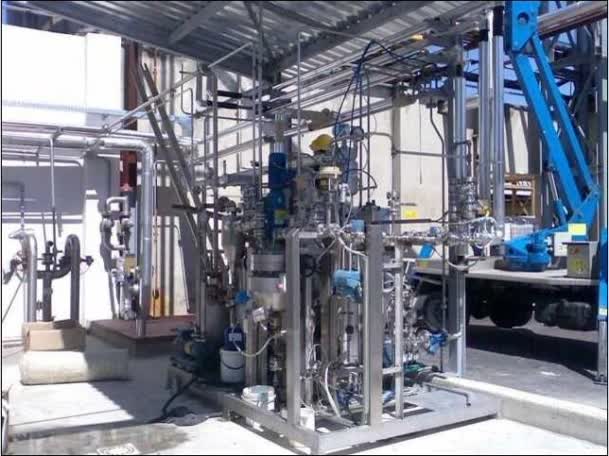Alkoxylates
Discover more

In nonionic surfactants the hydrophilic group doesn’t carry any electrical charge.
The hydrophilic moiety in most of our nonionic surfactants is a polyoxyethylene and/or polyoxypropylene chain obtained through the alkoxylation process , i.e. polycondensation of ethylene oxide and/or propylene oxide on hydrophobic substrates that have one or more active hydrogen atoms, in presence of an alkaline catalyst.
Active hydrogen atom could be linked to different functional groups: aliphatic or aromatic hydroxyl groups, carboxylic groups, amine groups.

Alkoxylation is one of our core processes.
Owing to many different possible substrates this process gives raise to a large family of surfactants.
Our fully computer controlled alkoxylation pilot plant allow us to accurately and rapidly scale up new products from laboratory to industrial reactors.
There are some non alkoxylated among our non-ionic surfactants: here the hydrophilic moiety could be a polyol or an alkanolamine

The applications of our alkoxylates nonionic surfactants can differ greatly from one class to another.
General rule here is that increasing the number of ethylene oxide units attached to a certain hydrophobic substrate, we achieve an increase of the hydrophilicity of the product.
In particular, the relative weight of the hydrophilic and the hydrophobic moieties of a surfactant is defined as its hydrophilic-lipophilic balance (HLB). There is a clear correlation between HLB and surfactants performance properties.
Owing to this correlation, we can modulate the applicative properties of each family of nonionic surfactants by varying the number of the attached ethylene oxide units.
On the contrary, adding more propylene oxide units we could give more hydrophobicity to the surfactant molecule.